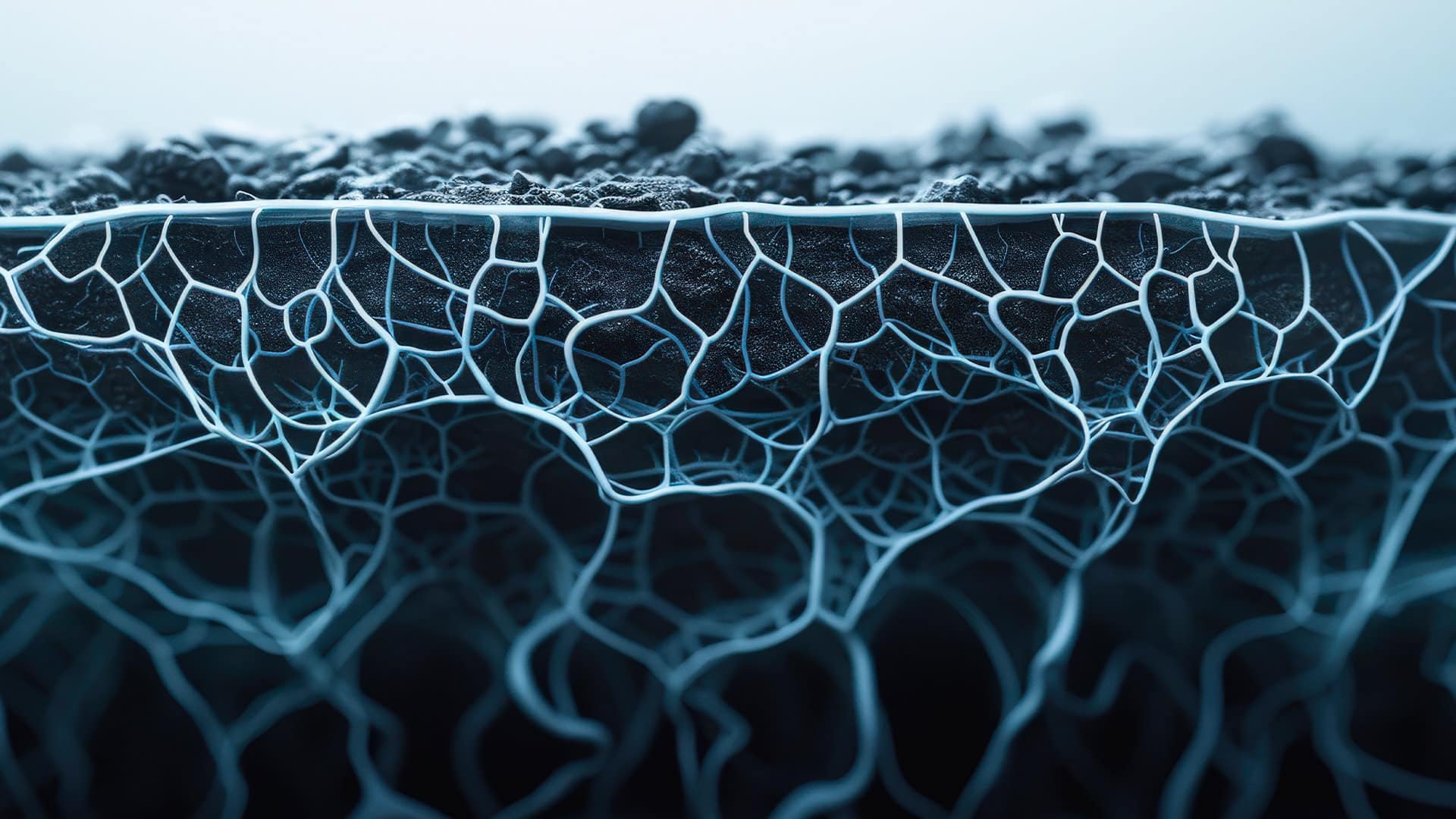
On 5 September, a patent application was filed on behalf of the University of Guyana, marking an important step in the development of sustainable solutions for the region. The patent application protects the results of research carried out by Lily Walter, a young doctorate in Engineering Sciences and Civil Engineering from the ECOFOG laboratory, who was assisted in the process by Sonia Cayemittes, Head of the Sustainable Innovation Department (SID) at AIBSI.
Innovation to meet climate and demographic challenges
Against a backdrop of global warming and strong population growth, the challenges of sustainable construction are crucial. Rising global temperatures are exacerbating human vulnerability, particularly in terms of poverty and access to housing. What's more, the construction sector, which is heavily dependent on cement - responsible for 8 to 9 % of global anthropogenic CO2 emissions - needs to reinvent itself by offering more environmentally-friendly alternatives.
Earth building materials, used by 8 to 10 % of the world's population, offer an attractive alternative thanks to their low carbon footprint, local availability, recyclability and hygrothermal qualities. However, their low resistance to water remains a major obstacle to their wider adoption.
It is in this context that Lily Walter, who completed her thesis on the formulation and characterisation of the properties of earth concretes incorporating tropical substances, has developed a new eco-material based on raw earth and mycelium, which is highly resistant to water. This innovation, the result of in-depth research, could transform construction practices in French Guiana and beyond, by offering a solution adapted to current climatic and environmental challenges.
A first success for the Sustainable Innovation Department
This patent is one of the first successes of the AIBSI's Sustainable Innovation Department, which is attached to the DIRVED. The head of the department, Sonia Cayemittes, promotes innovation among partners under the responsibility of the University of Guyana. This includes promoting the site's technological and scientific offering in order to assert its visibility and influence around its signature: "Biodiversity and Sustainable Innovation in Amazonia".
Its main mission is to support innovative biodiversity-related projects, in particular by securing intellectual property where appropriate, and by developing partnerships with players in the socio-economic world. At the same time, an internal procedure for filing patents has been put in place, with an essential first step: the invention declaration.
The aim of this structured process is to encourage and protect innovation from the University of Guyana, by strengthening its driving role in the sustainable development of the region.
Find out more
If you have any questions or would like to find out more about the patent application process, please do not hesitate to contact the DIRVED. This breakthrough is just the start of the process of harnessing local research to meet tomorrow's environmental and social challenges.




